Remember when daily life required a bit more manual effort and a lot more patience? Before smartphones and digital everything, our routines involved physical interactions with the world around us that have largely disappeared. These small rituals defined the rhythm of life in the 1970s, creating moments of anticipation, frustration, and satisfaction that today’s conveniences have eliminated. Let’s revisit those nearly forgotten experiences that shaped our days during that distinctive decade.
1. Tuning the TV Dial Just Right
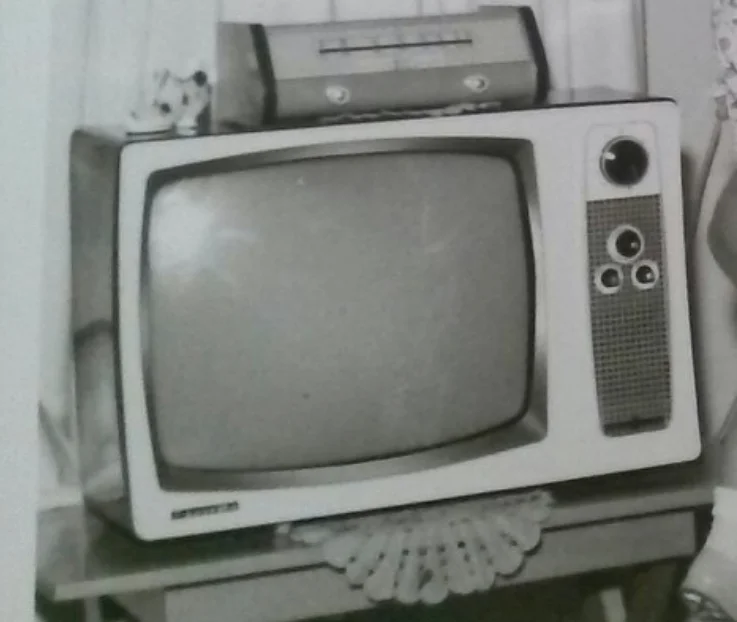
The delicate art of television tuning was a skill developed through years of practice, requiring just the right touch to find the sweet spot between static and clarity. The mechanical click of the UHF dial as you slowly rotated it, pausing at the first hint of a recognizable image, created a moment of suspense that streaming services could never replicate. Sometimes getting the perfect picture meant holding the dial between channels or maintaining an awkward position until the crucial scene was over. According to Mental Floss, this era of television also featured a mysterious missing channel.
Family arguments often erupted over who possessed the true “magic touch” for getting channel 44 to come in clearly, with various techniques involving aluminum foil, strategic antenna positioning, and sometimes just the right person standing in exactly the right spot. The nightly news or your favorite sitcom wasn’t just passively received but actively captured through a combination of technical adjustment and what sometimes felt like cosmic alignment. When the picture finally settled into crystal clarity, the satisfaction was immeasurably greater than today’s instant high-definition streams.
2. Waiting by the Radio to Record Your Favorite Song
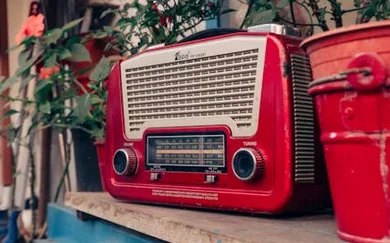
The practiced vigilance of sitting beside your cassette player with a blank tape loaded, finger hovering over the record button, waiting for the DJ to play your favorite song was an exercise in patience and quick reflexes. The thrill of recognition when those first few notes began playing triggered an immediate response—slam down the record button and maintain perfect silence in the room for the next three minutes. Missing the first few seconds was disappointing but expected; capturing a clean recording without the DJ talking over the intro or outro was the true victory. Explore the Archive delves into ways to become fully immersed in the historic dawn of radio and the ways it transformed the world forever.
These homemade mixtapes became treasured possessions, often labeled with careful penmanship and decorated with colorful marker designs to reflect their precious contents. The imperfections—fragments of commercials, DJ commentary, or household noises in the background—weren’t flaws but timestamps, marking exactly when and where that musical moment was captured. Each recorded song represented not just music but a successful hunt, a moment of triumph when you beat the random programming schedule and preserved something ephemeral for repeated enjoyment.
3. Blowing Into Video Game Cartridges
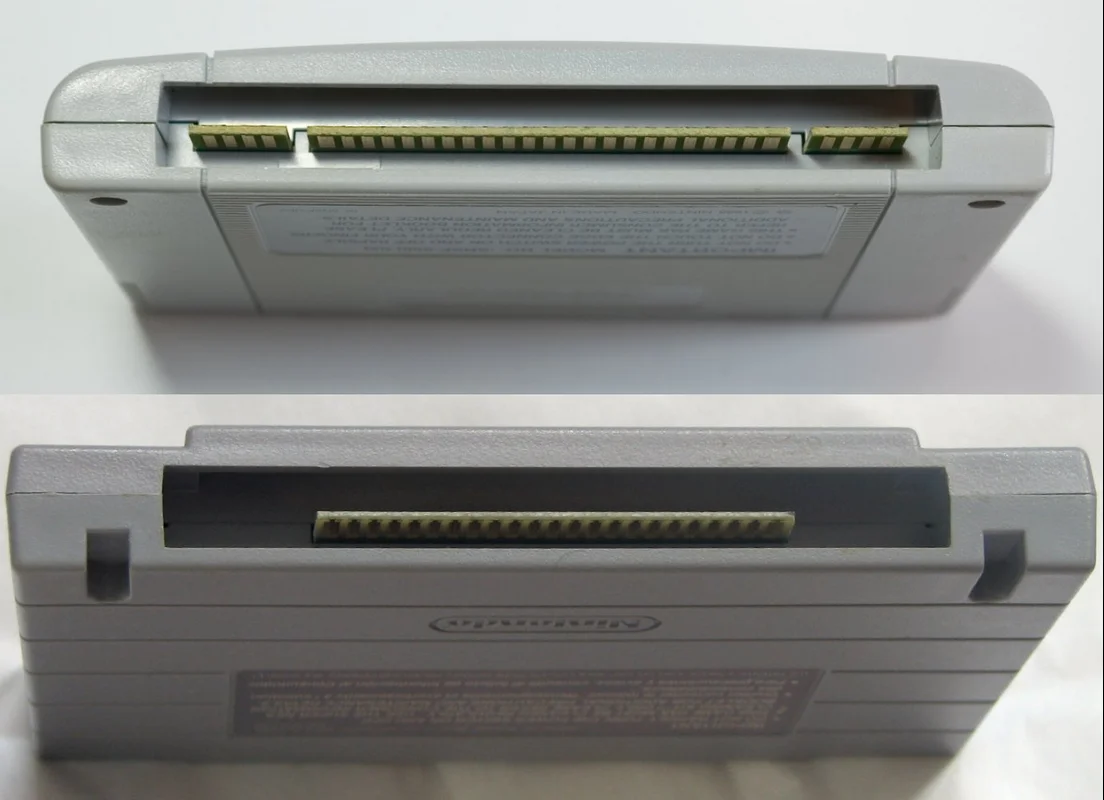
When your Atari game displayed nothing but a glitchy mess of pixels, the universal troubleshooting technique emerged from nowhere yet everywhere: remove the cartridge, blow forcefully into its exposed connectors, and reinsert with a satisfying push-down click. This ritual had no official endorsement from manufacturers and may have even caused long-term damage from moisture, but the immediate results seemed magical enough to cement this practice in the collective memory of a generation. The distinct plastic smell of the cartridge and the feeling of the edge against your lips became part of the gaming experience itself. For those curious, Mental Floss explains once and for all if this trick actually did help.
Friends shared their own variations of the technique—three short puffs versus one long blow, angling the cartridge to reach different connectors, or even the advanced method of using a Q-tip with rubbing alcohol for particularly stubborn cases. When the screen finally flickered to life with the familiar game opening rather than digital chaos, you felt like an electronics whisperer who had communicated directly with the mysterious technology. The instant gratification of modern downloads can’t compare to the small victory of successfully negotiating with a temperamental game cartridge through this strange ritualistic behavior.
4. Carefully Winding a Cassette with a Pencil
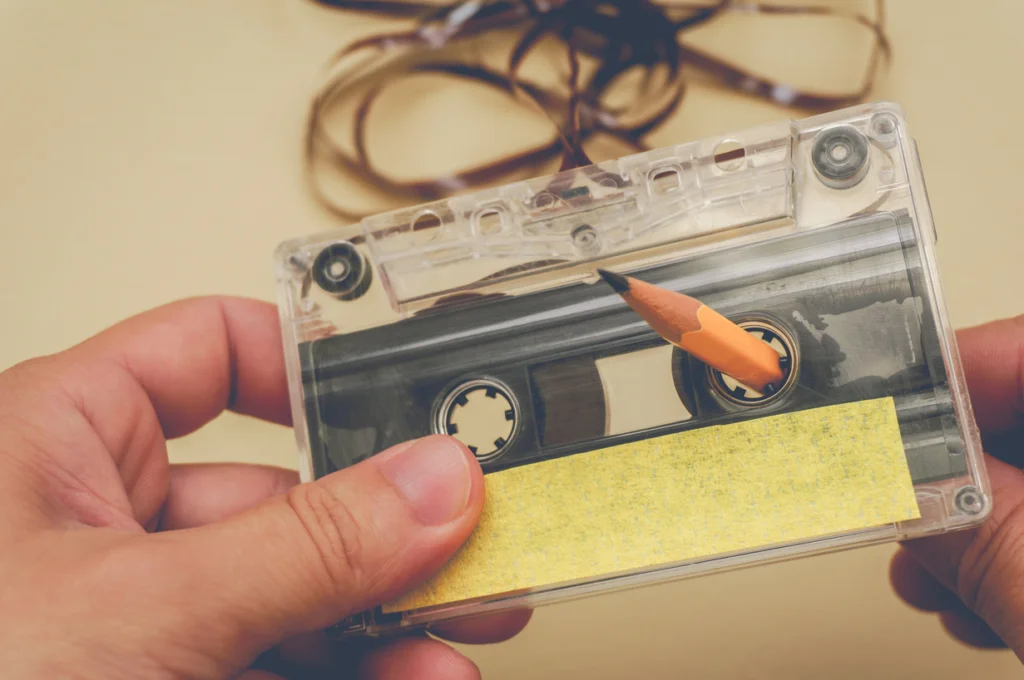
Few memories evoke the peculiar blend of frustration and satisfaction quite like rescuing a treasured cassette tape from the tangled spaghetti of magnetic ribbon spilled from its plastic housing. The signature tool for this delicate operation wasn’t anything high-tech but a simple hexagonal pencil inserted into the cassette’s reel, allowing for manual rewinding with just the right tension. Each careful rotation required concentration to avoid creasing the tape or winding too tightly, with the rhythmic clicking providing auditory feedback on your progress.
This restoration process often took place with the tape’s owner providing anxious commentary—”Be careful with that part, it has the guitar solo!”—while watching their musical collection hanging precariously between salvation and permanent damage. The sense of accomplishment when the tape was fully rewound and cautiously tested in the player was disproportionate to the simple mechanical task just completed. In an era before digital backups, this pencil-assisted rescue operation saved everything from recorded radio broadcasts to irreplaceable mixtapes given by high school sweethearts.
5. Mixing Tang for Breakfast Like the Astronauts

The morning ritual of stirring that neon orange powder into cold water represented not just breakfast but a connection to the space program that captivated America’s imagination. The distinctive taste—somewhere between orange juice and liquid candy—became synonymous with modern living and scientific progress, despite bearing little resemblance to any naturally occurring substance. Children would vigorously stir their glasses, creating miniature orange whirlpools while pretending to experience zero gravity with each sip.
Parents appreciated Tang’s long shelf life and vitamin C content, making it a pantry staple that bridged the gap between health food and treat in countless American households. The ritual sometimes included debates about proper mixing technique—some insisted on stirring the powder into already-poured water, while purists advocated adding water to a glass with powder already measured in the bottom. When the space program’s cultural relevance faded in later decades, Tang remained as a tangible connection to that optimistic era when breakfast could make you feel one step closer to the stars.
6. Looking Up Movie Times in the Newspaper

Friday afternoons often involved the ceremonial unfolding of the newspaper to the entertainment section, where tiny columns of text revealed the weekend’s movie showtimes printed in cryptic abbreviations and military time. This shared family activity usually spread across the kitchen table as different voices advocated for their preferred films, with negotiations based not just on content but on the practical logistics of theater locations and screening times. The physical limitations of the printed schedule meant choices had to be made without the benefit of trailers, reviews, or seat previews.
Once a decision was reached, someone would carefully tear out the relevant section or copy the information onto a scrap of paper that would serve as the evening’s guide. Arriving at the theater to find “SOLD OUT” on the marquee represented a planning failure of significant proportions, requiring an immediate pivot to second choices or alternate showtimes. The inability to verify availability in advance added an element of chance to every movie outing that streaming services have completely eliminated—along with the distinctive experience of watching a film with a full theater of strangers who had all navigated the same newspaper columns to be there.
7. Adjusting the Vertical Hold When the TV Picture Started Rolling
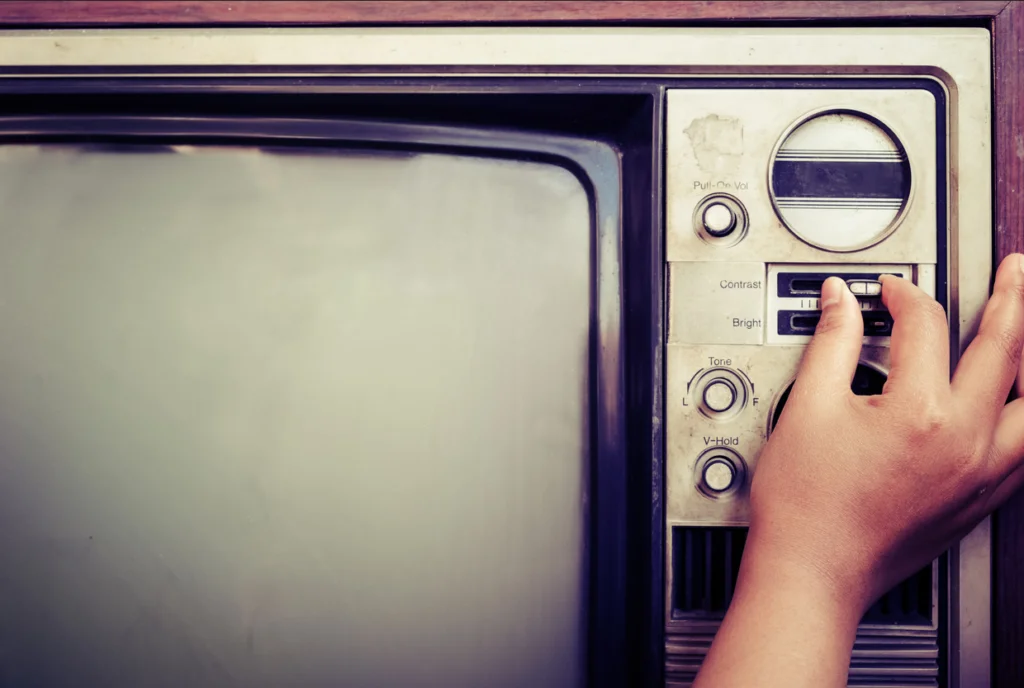
The mysterious phenomenon of a television picture suddenly beginning to scroll endlessly upward triggered an immediate response from anyone in the vicinity with technical knowledge—usually Dad or an older sibling rushing to adjust the “vertical hold” knob. This peculiar malfunction seemed to occur at the most dramatic moments of TV shows, creating a family emergency that required immediate attention before crucial plot points were lost to the rolling void. The delicate adjustment required a gentle touch and patient observation, often accompanied by commands to others in the room: “Tell me when it stops! A little more? Too far?”
Sometimes the fix was temporary, requiring periodic readjustments throughout the evening as though the television were a temperamental instrument that needed constant tuning. Certain weather conditions or even large appliances operating elsewhere in the house could throw off this delicate balance, leading to household rules like “Don’t run the blender during ‘All in the Family’.” The shared experience of watching someone perform this technical wizardry created a moment of family unity and collective relief when the picture finally stabilized—at least until the next electronic hiccup demanded intervention.
8. Carefully Placing the Needle on a Vinyl Record
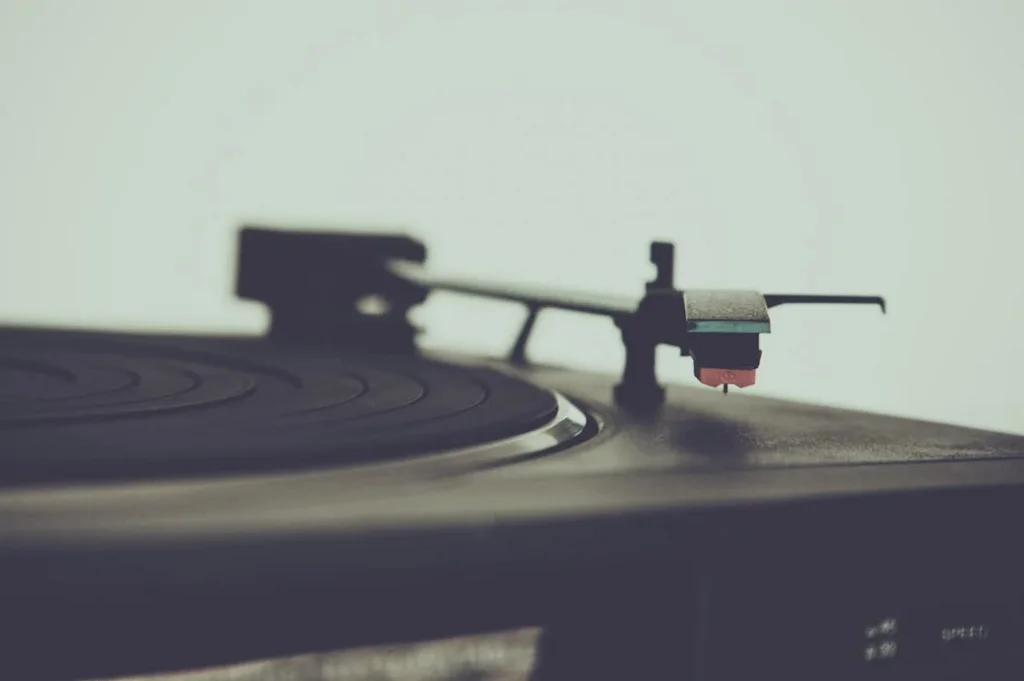
The ceremonial playing of an album involved a sequence of deliberate actions that heightened anticipation for the music to come—sliding the record from its paper sleeve, handling it only by the edges and label, and gently placing it onto the turntable spindle. The most nerve-wracking moment came when lowering the needle, requiring a steady hand to place it precisely in the groove without the heart-stopping scratch that signaled potential permanent damage. That first moment of surface noise before the music began created a transitional space between silence and song that digital music has eliminated.
Flipping the record midway through the album provided an intermission that shaped the listening experience, giving both sides distinctive identities and creating a natural break in the artist’s intended sequence. Album-oriented listeners developed muscle memory for their favorite records—knowing exactly how far to move the arm to skip to a particular track or when to be ready for the flip. The physical interaction with the music created a relationship with albums that streaming can’t replicate; each scratch and pop became a familiar landmark in songs you’d heard hundreds of times through the same physical object.
9. Dialing Long Distance After 11 PM for Lower Rates
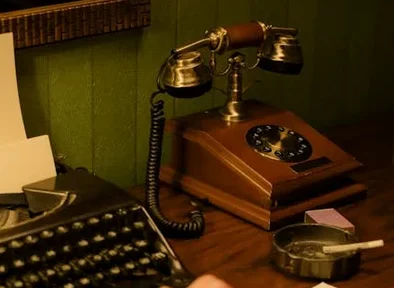
Planning long-distance phone calls required strategic timing and budgeting, with families often setting kitchen timers to keep conversations within economic boundaries. The significant price drop after 11 PM created a late-night ritual of reconnection with distant relatives or college students away from home, with conversations sometimes taking on a hushed quality to avoid waking other household members. The physical action of dialing each number (or pushing each button) carried the weight of financial consequence—each additional minute visibly accumulating on next month’s itemized phone bill.
The high cost of these calls made them special occasions rather than casual check-ins, with conversation participants often preparing notes about important topics to cover within the allocated time. Family members would line up for their turn to speak, sometimes passing the receiver like a talking stick with reminders hissed from the sidelines—”Ask about the baby!” or “Don’t forget to tell her about the job!” The preciousness of these time-limited connections made people listen more attentively and speak more meaningfully than in today’s world of unlimited calling plans and video chats.
10. Developing Photos and Discovering Forgotten Moments
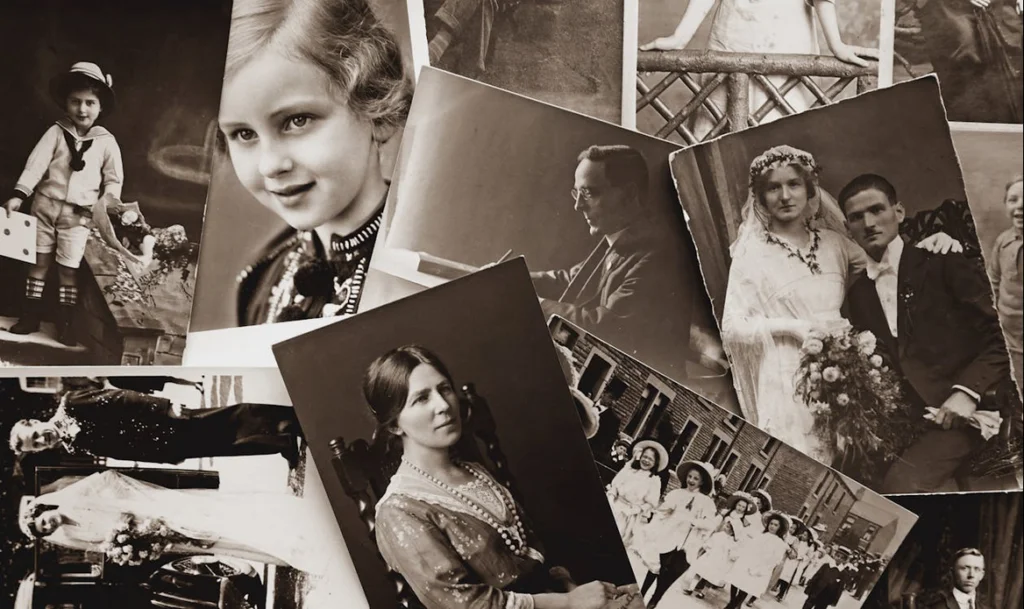
The multi-week gap between taking photographs and seeing the results created a unique relationship with memory, requiring patience that’s unimaginable in today’s instant-review digital world. Dropping off film rolls at the photo counter came with decisions—single or double prints, standard or premium processing—followed by days of anticipation. The ritual of opening that paper envelope filled with glossy prints often became a family event, with everyone gathering to rediscover moments that had already begun fading from memory.
The element of surprise was central to this experience—blurry failures sat alongside unexpected treasures, with no ability to delete or retake in the moment. Each successful photo represented not just captured time but successful technical execution under uncertain conditions, making well-composed, properly exposed images all the more valuable. The physical limitations of 24 or 36 exposures per roll made each press of the shutter button a conscious choice rather than the casual documentation that characterizes digital photography, creating collections that emphasized quality and significance over quantity.
11. Scheduling Life Around TV Broadcast Times

The rigid structure of network television schedules shaped weekly routines with an authority that streaming services can’t command, creating shared national moments when everyone watched the same programs simultaneously. Missing a favorite show meant truly missing it—with no recording options besides the complex VCR programming that few mastered, the phrase “I can’t, ‘The Waltons’ is on” represented a legitimate scheduling conflict. Water usage noticeably dropped during popular programs, and the following day’s conversations often centered around “Did you see…” with no expectation of catching up later.
TV Guide magazine held almost religious significance in many households, with family members marking their must-watch programs or negotiating viewing compromises for homes with just one television. The anticipation built by “Next week on…” previews created seven days of speculation and discussion that binge-watching has eliminated, while season finales represented significant cultural events rather than just another episode to immediately continue streaming. This collective viewing experience created cultural touchstones and shared references that transcended geographic and demographic boundaries in ways that today’s fragmented media landscape rarely achieves.
12. Writing Checks at the Supermarket Checkout

The choreographed routine of grocery checkout included the ceremonial removal of the checkbook from purse or pocket, followed by the careful balancing act of writing while standing with no proper surface. The distinctive sound of checks being torn from their perforated binding announced serious adult business happening, while the deliberate process of filling in date, recipient, and amount in cursive handwriting slowed commercial transactions to a stately pace. Some particularly organized shoppers would even record the transaction in their register before the groceries were fully bagged.
Cashiers developed their own verification rituals—comparing signatures, flipping the check over to ensure proper endorsement, or even requesting additional ID for out-of-town checks. The social theater extended to conversations during this process, with remarks about the weather or food prices filling the time required for this careful financial documentation. The implied trust of accepting a personal check—essentially a promise of future payment—created a different relationship between merchant and customer than today’s instantaneous electronic transactions, acknowledging that commerce operated at human speed rather than digital velocity.
13. Carefully Unfolding and Refolding Road Maps
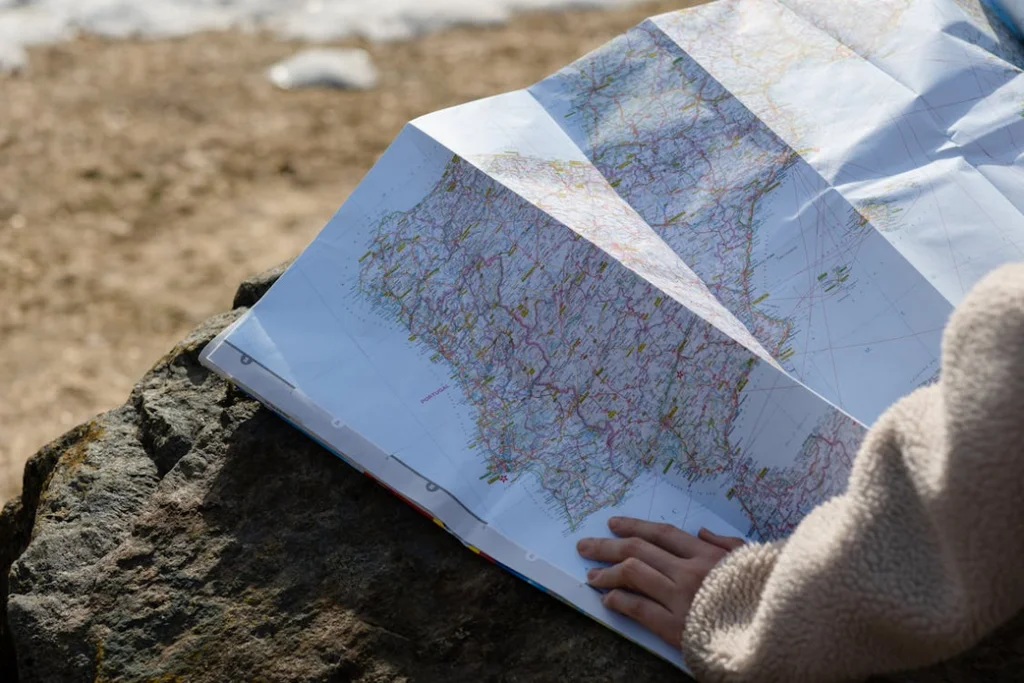
Long before GPS navigation, successful road trips depended on the navigator’s ability to interpret the cryptic origami of gas station road maps and translate them into timely directions. Unfolding these expansive paper guides in the confines of a car created immediate spatial challenges, with certain stubborn creases becoming permanent landmarks that sometimes obscured crucial highway intersections. The dashboard light provided insufficient illumination for nighttime navigation, requiring the passenger to awkwardly angle the map toward passing streetlights while trying to locate their position between interstate exit numbers.
The true test of mapping skill came not during use but afterward, when social pressure demanded proper refolding along the original creases—a spatial puzzle that revealed one’s attention to detail and respect for shared resources. Different family members often developed signature techniques, from the meticulous original-crease followers to the pragmatic new-fold creators who prioritized function over form. The physical presence of maps changed the travel experience itself, making the journey’s path visible as a whole rather than revealing just the next turn, connecting travelers to geography in ways that voice directions cannot replicate.
These seemingly simple routines weren’t just tasks to complete but experiences that engaged our senses and connected us to our environment in tangible ways. The patience these activities required and the satisfaction they delivered created a different relationship with time itself—one where processes couldn’t be rushed and results weren’t instantaneous. While few would trade today’s conveniences for these often-frustrating procedures, something has been lost in our transition to digital immediacy: the small daily victories of mastering physical skills and the shared experience of navigating a world that required our active participation rather than just our attention.


